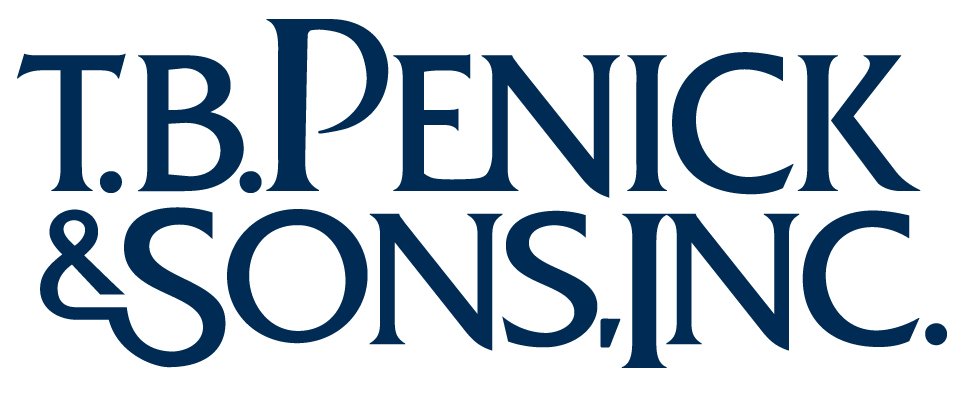New CEO of AIA wants to engage public
By Carlos Rico, The Daily Transcript Friday, April 12, 2013
For the last few years, the American Institute of Architects San Diego chapter has faced declining membership and a disconnect with the public, but the nonprofit hopes to change its fortunes with its newly hired executive director and CEO Bastiaan Bouma.
“My role here is to serve the interest of our members,” Bouma said. “To help them be more effective in the design business because, ultimately, our practitioners are trying to make a living.”
Bouma took over as leader and spokesman of the 501(c)(6) nonprofit chapter in November, after Elizabeth O’Malley stepped down as executive director to pursue another career. O’Malley had held the position since 2002.
The San Diego chapter held a national search last year; Bouma was chosen from a pool of 50, including an applicant from England.
Richard Nowicki, president of the AIA San Diego chapter and partner at Baker Nowicki Design Studio, said one of the main reasons Bouma was selected was his background.
Bouma was associated with the public education nonprofit Chicago Architecture Foundation since 1999, where he was vice president and managing director.
Nowicki said Bouma’s experience with the Chicago Architecture Foundation was meaningful to the San Diego chapter because “it’s a great organization.”
“We wanted him to bring some of the things he was doing in Chicago to San Diego,” Nowicki said.

One of those ideas is an event like Open House Chicago, which engages the public.
“It’s a weekend festival of free, behind-the-scenes public access to great spaces and places that are usually not open to the public [and] casual visitors,” Bouma said.
Some examples include the backstage of a theater, the mechanical room of an office building, a sewage treatment plant, restaurants and a public transportation garage. Typically, these open houses did not include residences.
“It was started in London 20 years ago. In London they usually get 150,000 to 200,000 people for the weekend,” Bouma said.
For Bouma’s last Open House Chicago in October, 45,000 people took part.
“The secret is that it’s free and it's family-friendly, and people love to get in behind the scenes,” Bouma said. “We are hoping to foster something similar in San Diego."
Bouma also said he was brought to San Diego to support the chapter’s goals for professional development; marketing and promotion; to enhance public awareness of the design resources that are available in San Diego; and to elevate the process of working with architects and designers.
“There is this sense that designers are difficult to approach; that they are expensive [and that] they complicate your project,” Bouma said. “Well, our message to the public and to both residential and commercial clients is there is a very good value proposition in hiring a professional designer.
“Not only do you get a better looking project,” he said. “You get one that runs at a higher level, that is more energy efficient, and you get a project with more lasting value. … And most importantly, an architect serves as [an owner's] representative in the process.”
Doug Paterson, who was part of the hiring process, said he liked Bouma’s vision for the chapter to reconnect and create relationships with government agencies, other design associations and contractors.
“He sees the opportunity to realign with other groups that can help our members,” said Paterson, an architect at Delawie and last year’s AIA San Diego president. “Within the first month or two on the job, he had set up meetings and opportunities with cities and other design professionals.”
Another goal of Bouma’s is to advocate for legislation that aids design professionals. One idea is to help architectural firms get some reimbursement when bidding on large government projects
“The average design investment in a large-scale federal project is $260,000, before you even submit the bid. And typically this is uncompensated,” Bouma said. “There is a lot of risk associated with this.”
He said just over half of AIA members are from one- or two-employee design firms and roughly 90 percent of members come from firms that have 50 or fewer associates.
“They don’t have the resources to bid on big projects because there is a lot of time and effort required (for instance) on a federal design-build project,” Bouma said.
The San Diego chapter has about 800 members, a board of directors and three staff members. Bouma is in charge of the chapter’s $300,000 annual budget.
“He was well-versed on our association,” Paterson said. “He knew our financial reports, our structure and our website.”
Paterson said he believes Bouma’s plans for public and private outreach will increase membership to about 1,000 members.
























